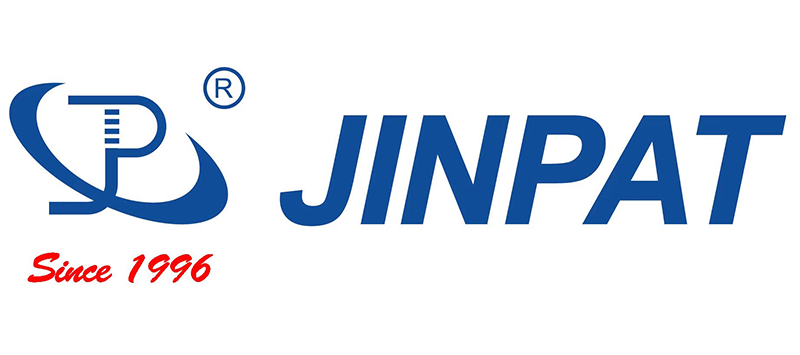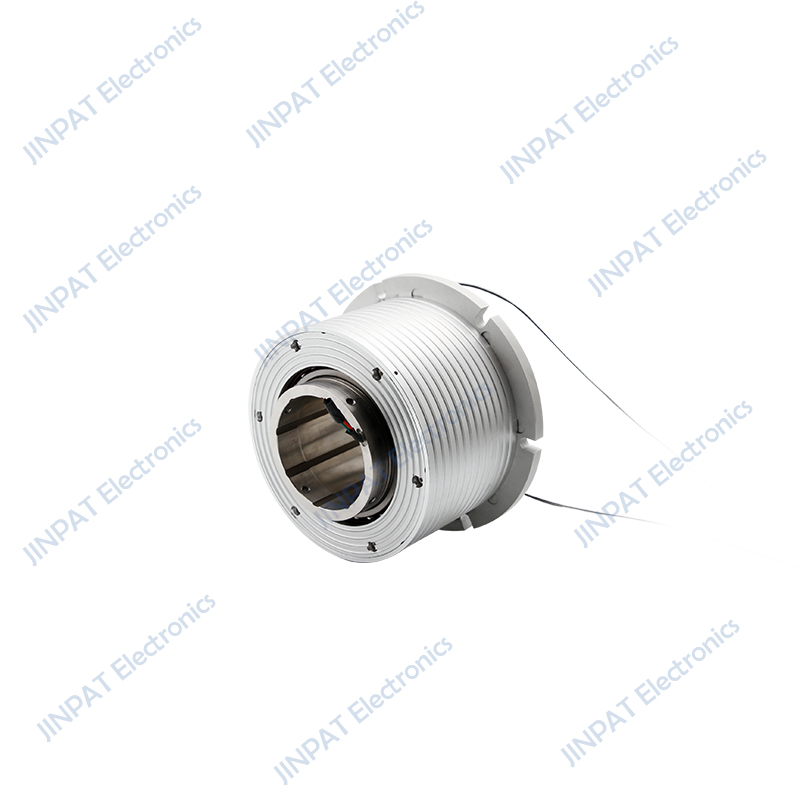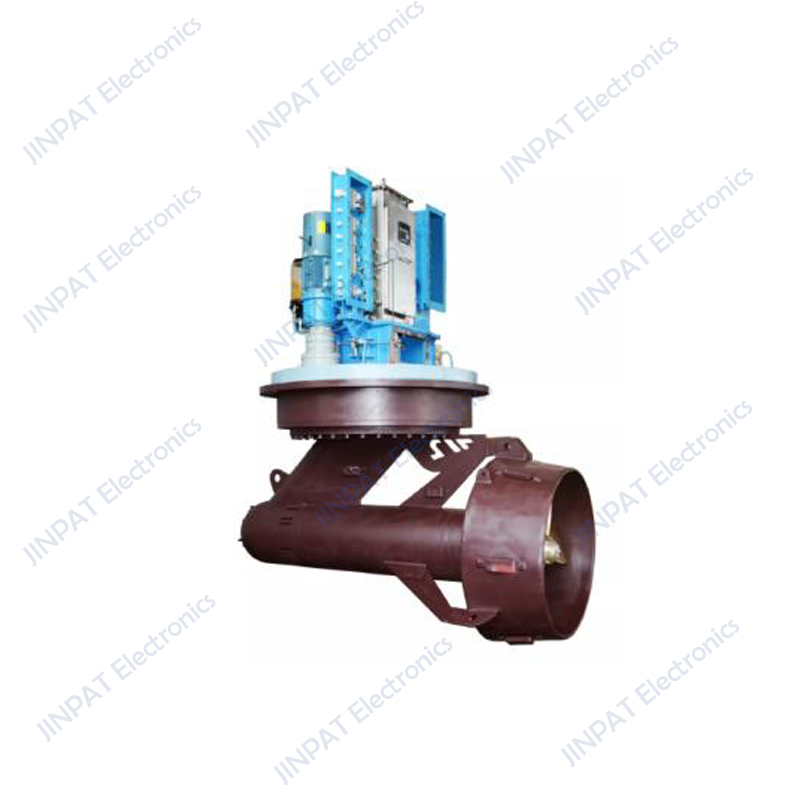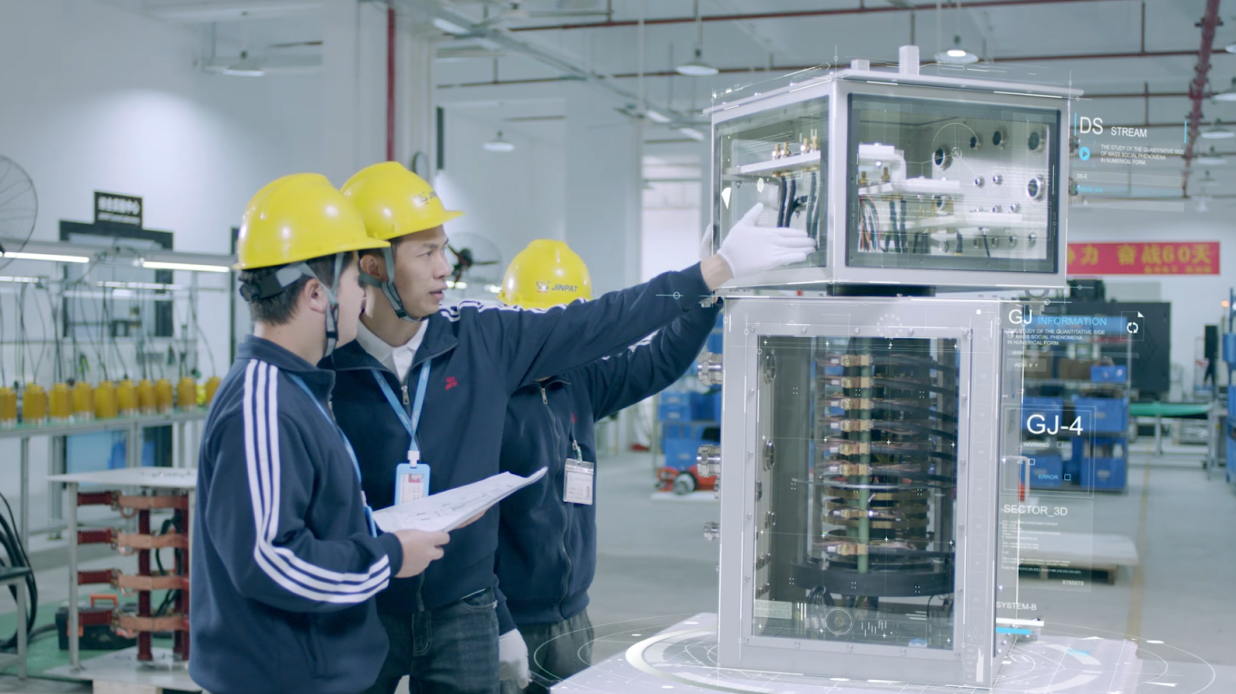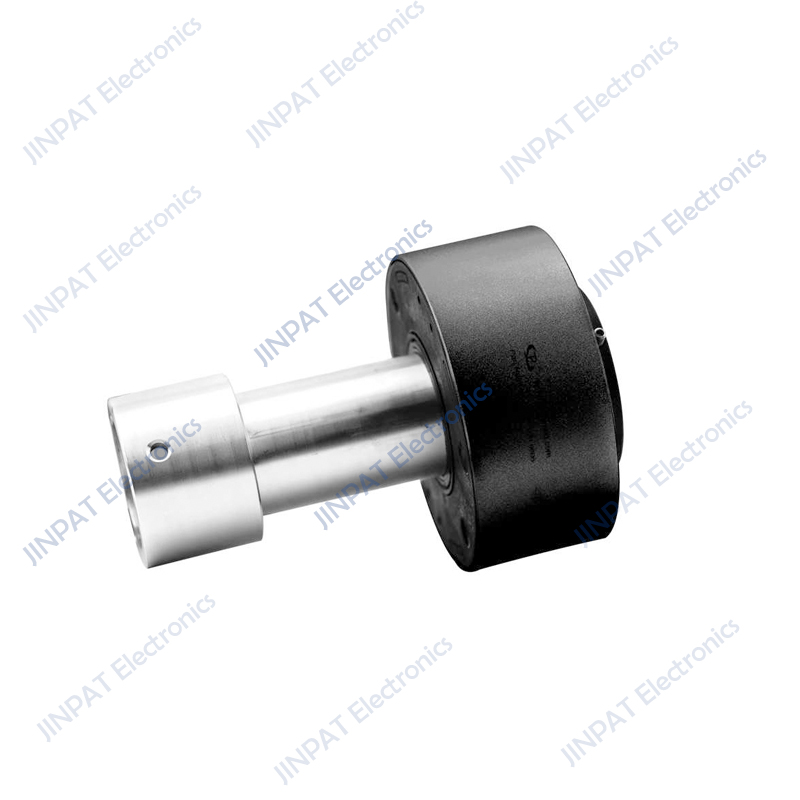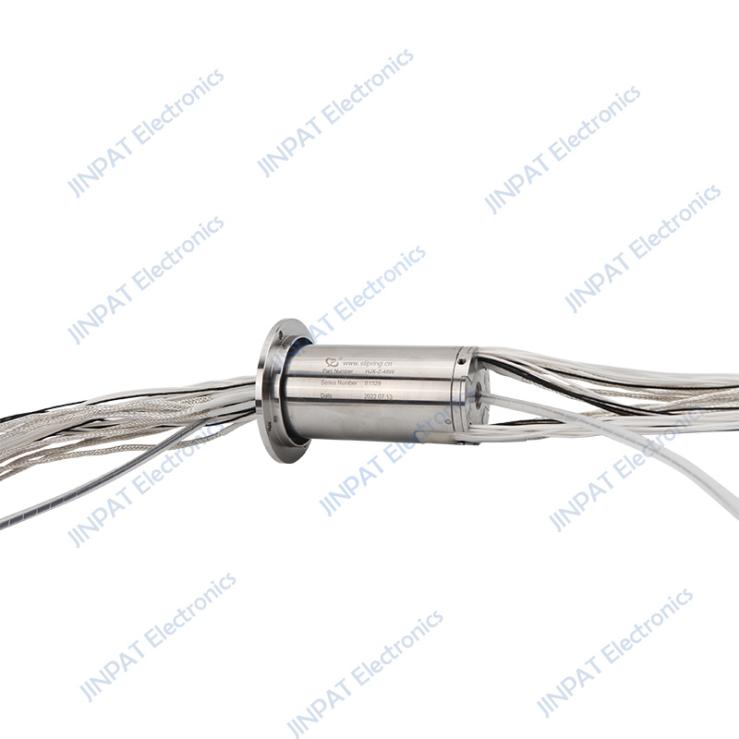As a crucial component widely applied in industrial sectors, slip rings have a diverse range of applications, leading to substantial variations in technical specifications across different fields.Some equipment demands stringent control over the dynamic resistance fluctuation of slip rings, while others require high reliability in harsh environments. These specific product characteristics necessitate personalized customization. In the realm of high-speed electromechanical devices, high-speedslip rings have emerged as a pivotal subfield. JINPAT, an experienced slip ring manufacturer, has successfully developed two series of high-speed slip rings:the hollow shaft series and the capsule series.
Due to differences in structure, the rotational speed of hollow shaft high-speed slip rings is relatively lower.Moreover, due to their higher linear velocity, their operational lifespan is slightly shorter compared to capsule slip rings. This distinction is even more pronounced in the case of large-bore hollow shaft high-speed slip rings. In terms of annual production, the output of capsule high-speed slip rings slightly surpasses that of hollow shaft high-speed counterparts. Among hollow shaft high-speed slip rings, small-bore products have a higher annual production compared to large-bore products. From a dimensional perspective, the volume of small-bore high-speed hollow shaft slip rings is similar to that of capsule high-speed slip rings, and their functionalities are akin. However, differences in installation requirements across different end devices lead to variations in their external appearance and structure.
Compared to standard products, high-speed slip rings capable of reaching rotational speeds of up to ten thousand revolutions per minute exhibit significant differences in aspects such as precision in component machining, internal and external structural design, and more. They impose higher requirements on the smoothness of the copper ring surface, the ratio of friction pair brush pressure, and the surface machining precision of key structural components. Presently, JINPAT has achieved advanced technological capabilities in the field of large-bore high-speed hollow shaft slip rings. The company offers customized high-speed slip rings supporting amaximum bore diameter of 80mm and up to 20 channels, with a design rotational speed of up to 10,000rpm and an operational lifespan of no less than 50 million revolutions. These channels support a flexible combination of current magnitude and signal types. For instance, the hollow shaft high-speed slip ring model LPT080-0401-HS10000 boasts a maximum through-hole diameter of 80mm and can accommodate up to 20 channels. Its aluminum alloy and stainless steel casing ensure high reliability and a prolonged operational lifespan of no less than 50 million revolutions. Moreover, it features a wide aperture selection range,maintenance-free attributes, and a maximum rotational speed of 10,000rpm,making it suitable for environments ranging from -10°C to 60°C.
As a reputable slip ring manufacturer, JINPAT currently possesses the capacity for large-scale production of capsule high-speed slip rings with rotational speeds of up to 20,000 revolutions perminute. Additionally, capsule slip rings with a maximum rotational speed of30,000 revolutions per minute have also successfully passed JINPAT’ producttesting procedures, meeting design standards. Clients can customize the sliprings they require, with JINPAT’s engineering team offering dedicated services to fulfill these needs.
